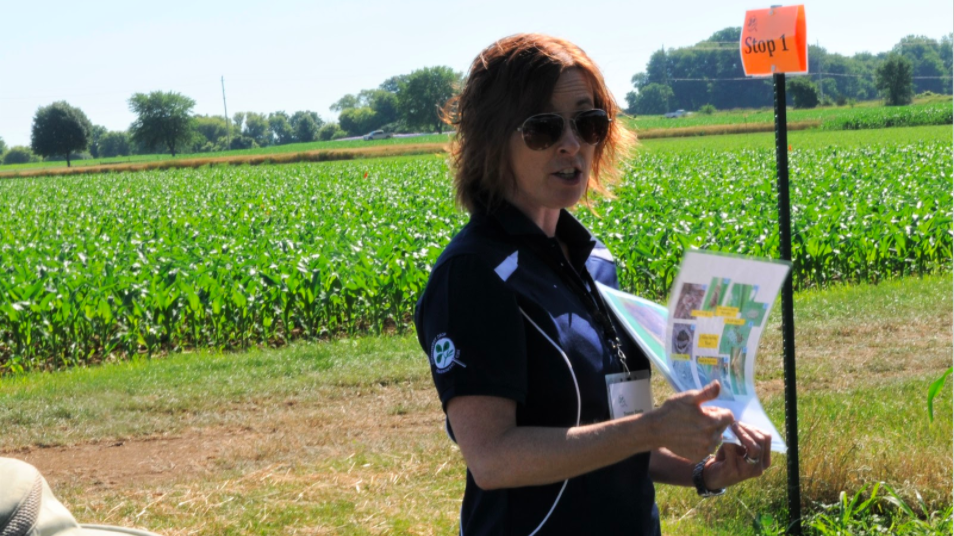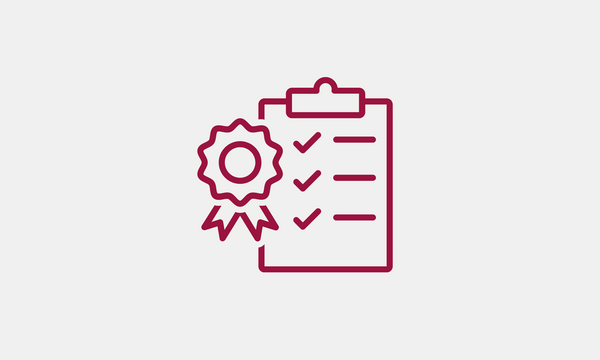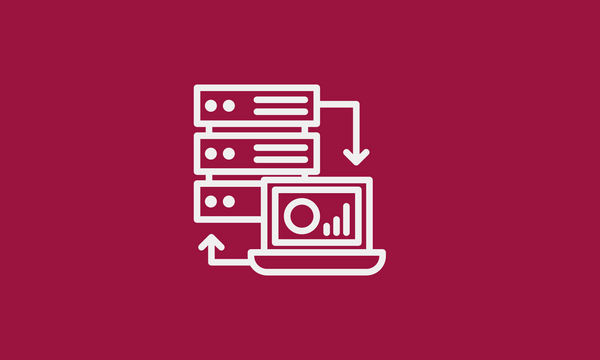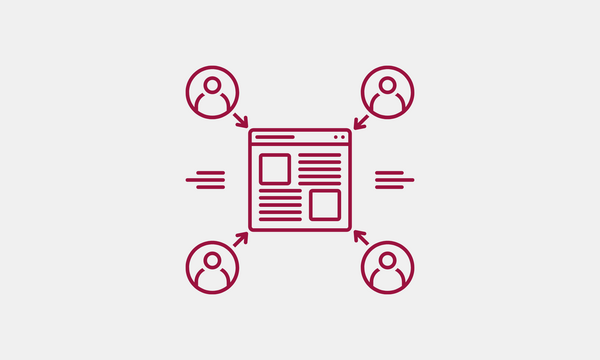Seeds of a solution: The fellowship discovery journey at OMAFRA

Rola Kuidir
October 29, 2020

Hello tech and design friends, I’m Rola, UX designer on the OMAFRA (Ontario Ministry of Agriculture, Food and Rural Affairs) team. In this post I’ll share how our user research methods and findings helped us define the problem we’re working on, and develop solutions to meet users’ needs and expectations.
Who are our users?
Our users are Crop Specialists who work with OMAFRA, like Tracey Baute, a Field Crop Entomologist who specialises in studying insects, their behaviors, and their environments. She has over 20 years experience in researching invasive species and developing insect management solutions. When monitoring moths for example, Tracey asks farmers to look for larvae. This helps Tracey get a sense of how many insects are in each farmer’s field. Then, with her knowledge of the moth life cycle, she lets farmers know when they need to spray to control the insect. It’s crucial to do this at a certain time in the moth life cycle, or the insect can cause irreparable crop damage. In our first post, we covered more of the specifics about the work that specialists like Tracey do. If you haven’t seen it, start there!
Tracey’s Current Journey
Tracey works closely with farmers, who collect data like the number of pests found in their fields, and report it every week. The information Tracey collects about moths and other pests will be used to support approximately 28,000 grain farmers—and this is just one of the many crops Tracey is responsible for monitoring!
Our team came to this project knowing that crop protection data like the kind Tracey collects is scattered across lots of unstructured data sources and databases. After talking to Tracey, we understood that the current formats also cause frequent errors and duplication in data entries. Plus, entering the data requires manual processes, like inputting, reformatting and cleaning the data. As you can imagine, this slows Tracey’s process down significantly, making it harder for her to quickly communicate any time-sensitive information about pests to farmers.
“The goal is to allow us to monitor pest populations and deliver timely information to growers to make the decision whether to spray or not. The more accurate and timely that is, the less risk of them making applications that aren't necessary or too late and cause economic loss.”
From data roadmap to data life cycle
Our goal is to make this process more efficient for specialists like Tracey, so to begin, we wanted to understand more about Tracey’s current user journey. The biggest hurdles happened during the collection phase, largely because of how much time it takes specialists to collect and analyse the data manually. So, we set our focus on that and built a data roadmap to capture what happens to the data that Tracy and her colleagues collect at every phase of their journey.
The data roadmap defined from Tracey’s interview has five phases. It starts with farmers collecting the information to send Tracey. Then the data and moves into each step below, ending with a visual or a written output. Farmers report the data in different formats and sometimes with inaccurate data, errors, and/or duplications. In aggregation and analysis, Tracey manually enters and cleans the data then manually analyses it. Therefore, outputs take longer to generate, add to multiple user-facing sites, and share with external users.

After some more interviews, including with farmers, crop consultants and grower organizations, we learned that the data doesn’t always move in one specific order. That made the roadmap format limiting, so we created the data lifecycle diagram to replace it. The main flaw in the data roadmap is the arrows; they define a specific direction for progression. The reality is that data collection and analysis can be messy, and the process isn’t always linear. The data lifecycle simplifies the complexity of the data gathering process, leaving room for it to move in different directions. This allows for more flexibility between different phases.

We also added a new phase called share, where Specialists share their generated insights and learnings with external users, such as farmers and academic researchers. You can read more about how and why we revised our diagram in this document: Defining data: Roadmap vs Lifecycle.
Identifying users’ needs and pain points
All our conversations with users enabled us to identify a number of pain points that made the collection, storage, analysis and sharing of data difficult for Tracey and her OMAFRA colleagues. As you can see in the diagram below, we clustered the pain points into six themes: data access, data standards, lack of resources, manual processes, and incorrect tools.
Based on our research, we believed the most significant issues occurred during the data collection phase. Reliance on manual processes and pen and paper tools means it can take specialists a long time to collect the data they need. Inconsistent data standards also hinder the process, and can reduce data quality, which makes it harder to use.
So, we decided to focus our solution on this collection phase, and build something that would help Tracey collect input and sort crop and pest data more easily!
Now we build!

To utilize OMAFRA’s crop protection data more efficiently, we are building a solution that is flexible and expansible. It's a centralised database that will give Tracey and other Specialists the ability to import bulk data, generate forms, and connect to other applications to access external data. Most importantly, it will give Crop Specialists the ability to create flexible datasets and customize their own templates by building fixed blocks and setting specific data types to standardise collected data. Faster processes and new prediction tools will increase problem identification, speedup access to data and response time to farmers, and improve economic sustainability.
In a survey, a group of Specialists we reached out to said they spend up to 25% of their time working with crop protection data. With less manual work and fewer errors, the database has the potential to free up many valuable hours so that Specialists like Tracey can focus their energy on more important projects that sustain plant health!
This project has been funded in part by the Canadian Agricultural Partnership, a federal-provincial-territorial initiative.











